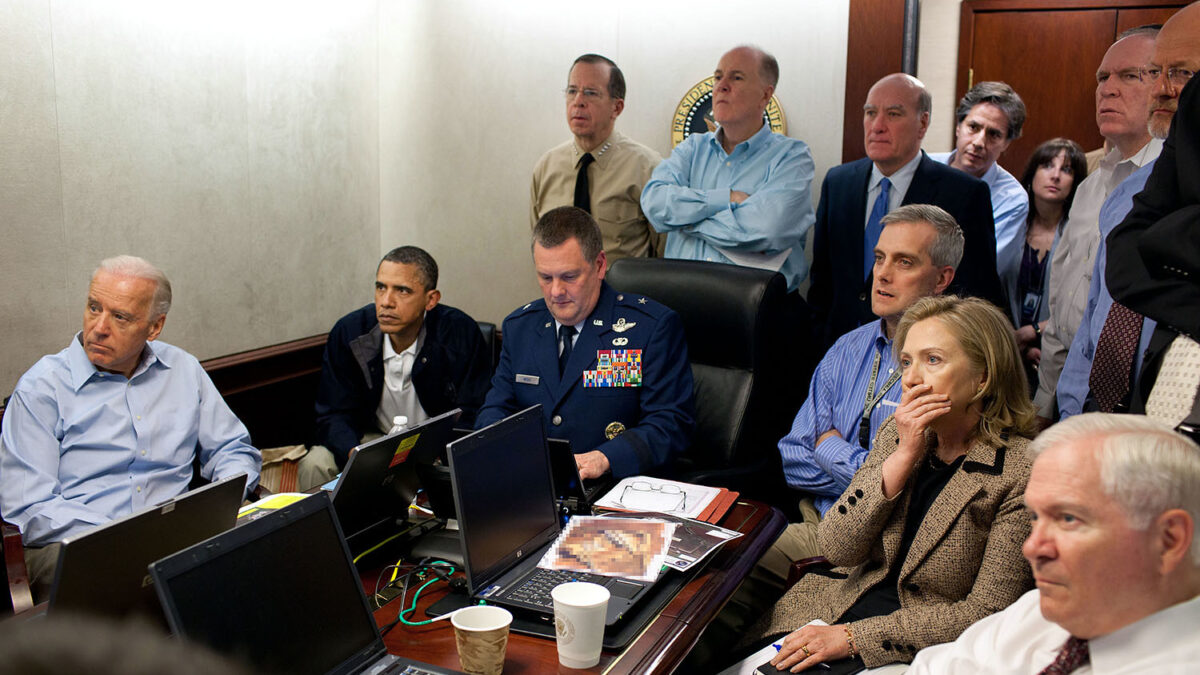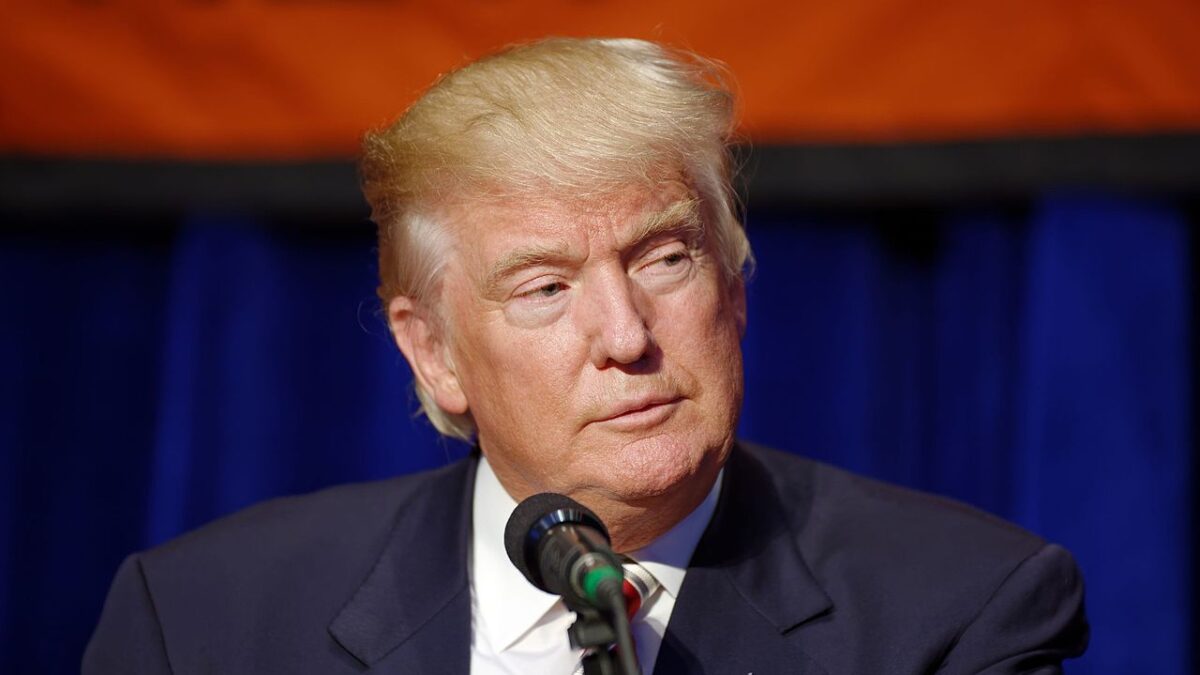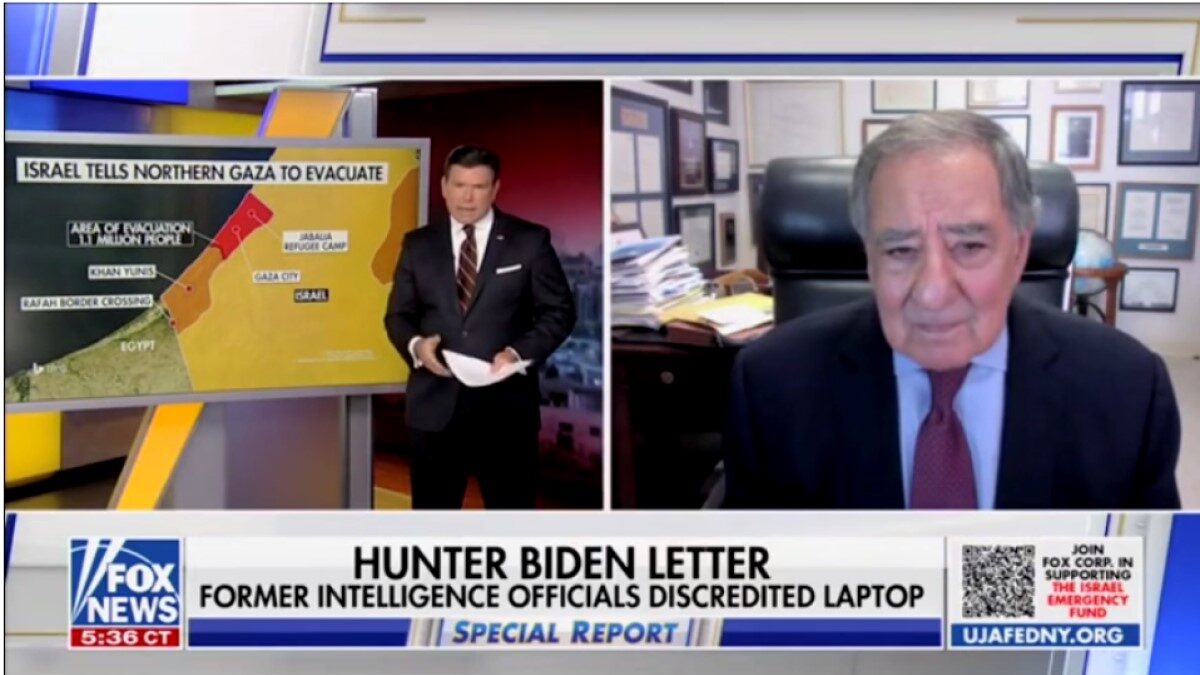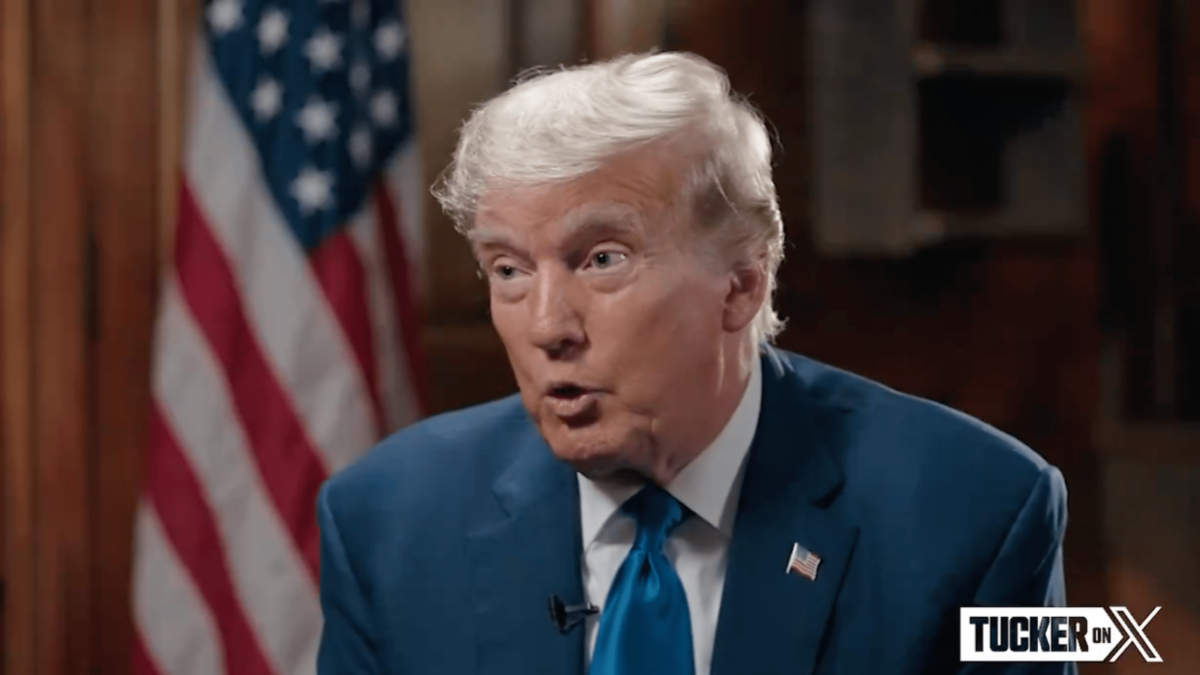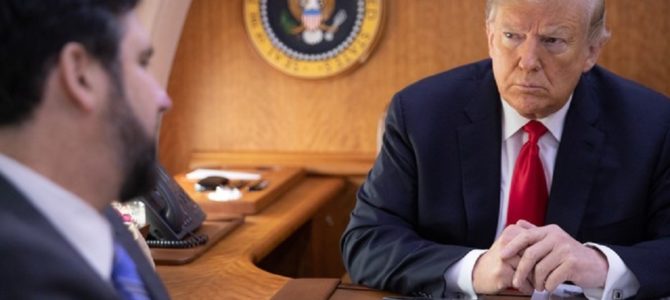
Reading the defamation complaint Svetlana Lokhova filed last Thursday against Stefan Halper and three media giants felt like paging through a Nicholas Sparks novel. But instead of finding a formulistic young love tragedy turned epic romance, Lokhova’s lawsuit exposed the outline the intelligence community used to spread the Russia collusion fiction. It also revealed that the United Kingdom held a prominent role in the plot development.
Other than a blip of notoriety in 2015 when she won a £3.1 million award in a harassment case against her former employer, the Russian bank Sberbank CIB, Lokhova resided in obscurity at Cambridge University. At Cambridge, Lokhova focused on completing her PhD in Soviet Intelligence Studies under the tutelage of Professor Christopher Andrew.
According to Lokhova’s complaint, all that changed on February 19, 2017, when her long-time mentor penned an article for the U.K.’s Sunday Times, painting her as a Russian spy and possible paramour-in-waiting for Michael Flynn. These are the allegedly false and defamatory claims that formed the basis for her lawsuit.
In her lawsuit, Lokhova detailed the backdrop to Andrew’s article then laid out its aftermath, before blaming not just Andrew, but FBI informant Stefan Halper and three media powerhouses with embroiling “an innocent woman in a conspiracy to undo the 2016 Presidential election and topple the President of the United States of America.” But in sharing her story of how the intelligence community and press sucked her into the Spygate scandal, Lokhova also laid bare the formula used to fake the Russia collusion narrative and convince the public that President Trump conspired with the Kremlin.
The isolated nature of Lokhova’s supposed involvement in the purported Russia collusion provides the perfect opportunity for outlining the formula used for more than three years to peddle the hoax. Here’s the template.
Step 1: A Credentialed Individual Launches the Narrative
The first step to crafting a somewhat believable Russia collusion narrative involves the use of a credentialed individual—an expert, someone connected, someone with credibility. Andrew, the author of the Sunday Times hit piece, easily served that role.
He touted his position as the former official historian of MI5 and an organizer of the Cambridge intelligence seminar, and proceeded to explain how he had met Flynn three years prior when Flynn was serving as the director of the Defense Intelligence Agency. It was at this seminar that Flynn also crossed paths with Lokhova, whom Andrew explained was a postgraduate student at Cambridge.
Step 2: Insert Factually Accurate Details
Next you need some factually accurate details. For Andrew, those consisted of background facts about Flynn, such as that he served as Obama’s director of the Defense Intelligence Agency, before the former president fired him.
Then Flynn joined the Trump team as the president’s national security adviser, Andrew explained, until Trump also fired him. Andrew’s connection to Cambridge and the British counterintelligence group MI5 could also be readily confirmed, adding to the believability of the yarn.
Step 3: Wordsmith the Article for Maximum Innuendo
After laying this groundwork, it’s time for the innuendo. And Andrew excelled at innuendo. The title, “Impulsive General Misha shoots himself in the foot,” set the tone, with the foreign moniker Misha sensualizing the scene.
“General Misha,” Andrew claimed, was how Flynn signed email correspondence with Lokhova, the young Russian-born student with whom Flynn “was especially struck,” and with whom he showcased an “evidence pleasure in engaging.”
Andrew then sexualized this brief scholarly encounter by sharing that at the seminar Lokhova showed Flynn some rare Russian documents, including what Andrew described as “an erotic postcard sent by Stalin” to a 16-year-old girl. The card, Andrew explained, “showed a passionate embrace between two partially clothed lovers. Stalin wrote that he was sending with it ‘not just a simple kiss, but a hottttttttttt one (because there is no point kissing any other way).’”
With the theme now clear, Andrew told readers that “At the end of the evening, Flynn invited the student to accompany him on his next official visit to Moscow,” providing “striking evidence of his spontaneity,” and demonstrating Flynn’s “instinct when he sees a new opportunity is to follow it up.” But alas, that trip was cancelled “in protest against Russian policy in Ukraine,” Andrew noted to explain why the rendezvous never occurred.
Here again you see the factually accurate details used to bolster the storyline: Russia’s March 7, 2014, incursion into Ukraine and Flynn’s assertion that the intelligence community had predicted the likely Russia intervention a week earlier, timed perfectly to Flynn’s February 28, 2014, chance encounter with Lokhova. Yet, even with the trip canceled, Lokhova and Flynn stayed in touch, Andrew stressed, while implying impropriety.
Step 4: Hook to Real News Involving Russia
Intrigue alone is not newsworthy, so the next step requires hooking to a valid new story to suggest a Russian connection. Andrew hooked his tale of General Misha’s meet-up with the Russian-born Lokhova to Trump’s firing of Flynn a week earlier following revelations that Flynn had discussed sanctions with the Russian ambassador, although telling Vice President Mike Pence that he hadn’t.
Then Andrew, in what could possibly be the non sequitur of the year, claimed Flynn’s meeting with Lokhova “provides some context for his intercepted telephone conversation with the Russian ambassador in Washington.”
Step 5: Playing the Saint While Suggesting Criminal Activity
Andrew quickly pivots from that point, lest readers ponder too long: “Wait, what context?” And in doing so, Andrew puts himself on the side of the angels by castigating those who leaked details of Flynn’s call to the media.
Andrew does this so deftly that he is able to simultaneously cast aside concerns that Flynn’s call was being recorded and imply that Flynn acted criminally: “As a former intelligence chief, Flynn must have known [the call] would be routinely recorded under the US Foreign Intelligence Surveillance Act. Whether or not Flynn behaved illegally, those who leaked intelligence about the call to the media clearly did so.”
Step 6: Insert Trump Into the Story
The next step requires inserting Trump into the story to implicate the president in the nefarious Russian dealings, coupled with some gratuitous disparagement of the commander-in-chief to remind readers that he’s the bad guy. What better way to achieve this goal than quoting a Trump tweet?
That was Andrew’s tactic and how he closed his hit piece on Lokhova: “’The real scandal here is that classified information is illegally given out by ‘intelligence’ like candy. Very unAmerican!’ Trump tweeted on Wednesday. No president in US history has attacked his own intelligence community as publicly and stridently as Trump. But then no president has begun his term with such confusion over the management of national security either.”
Step 7: Media Outlets Seemingly Corroborate the Hit Piece
In 635 words, Andrew laid the groundwork necessary for the media to pounce. First, journalists followed the crumbs Andrew had sprinkled throughout his article. So, when the Wall Street Journal picked up the tale the next month, it identified Lokhova as the graduate student Flynn spoke with at the seminar, and February 2014 as the relevant time period.
The WSJ then added a detail that bolstered the Russian spy theme, noting that “the 2016 Frankfurt Book Fair listing proposed books shows one by a Svetlana Lokhova called ‘The Americans,’ which was pitched as ‘A Cambridge-based Russian intelligence expert uses archive material to unearth details of Stalin’s program of sending deep cover spies into the U.S.’”
None of this, of course, verified Andrew’s claim that Flynn had invited Lokhova to Russia or supported his suggestion of an inappropriate relationship between the two. But by confirming some of the details in the story, it gave credence to all of Andrew’s claims—claims that Lokhova disputes in her lawsuit.
Step 8: Quote Anonymous Sources to Root Misconduct Related to Russia
The Wall Street Journal article then moved on to the next step: using experts to establish misconduct. Here, the claimed misconduct was Flynn’s failure to disclose his interaction with Lokhova following his February 2014 meeting. “There is no record showing that Mr. Flynn reported his interaction with Ms. Lokhova to security officials in the Defense Department, said a former senior U.S. official with knowledge of the matter,” the Wall Street Journal reported.
The former official added that “as the director of the Defense Intelligence Agency, which is part of the Pentagon and the military’s largest intelligence organization, Mr. Flynn was expected to notify officials about any contacts with foreigners he didn’t know, particularly from an adversary nation such as Russia.”
Step 9: Connect to the Russia Collusion Narrative
While the misconduct suggested in the Wall Street Journal article predated Trump’s political career and the 2016 election, the pivot came next, with a quick transition to Flynn’s current troubles and his connection to the Trump campaign. Flynn served as “a key campaign adviser to Donald Trump and became the president’s national-security adviser in January,” the article noted. Continuing, the article pushed the Russia collusion narrative:
He was forced to resign last month over revelations that he hadn’t been truthful to Vice President Mike Pence and other administration officials in describing the nature of conversations Mr. Flynn had with Russia’s ambassador to the U.S. last December. Several U.S. intelligence agencies, including the Federal Bureau of Investigation, are conducting a wide-ranging counterintelligence probe into any contacts that Trump campaign personnel may have had with Russian officials, in the wake of intelligence agencies’ findings that the Russian government directed hackers who interfered in last year’s election by stealing emails, including from the Democratic National Committee. Russia has denied any interference in the election. It isn’t known when Mr. Flynn’s contact with Ms. Lokhova at the 2014 meeting came to the attention of U.S. intelligence or whether it is part of the current investigation.
Two weeks later, The Guardian used the story of Flynn’s meeting with Lokhova to push the Russia collusion narrative even further. After noting the backdrop of the Cambridge seminar and repeating many of the details the Sunday Times had originally reported, The Guardian took pains to paint Lokhova’s connections with Russia as suspicious.
“A historian and a leading expert on Soviet espionage, Lokhova has claimed to have unique access to previously classified Soviet-era material in Moscow,” The Guardian reported. Then quoting “Western historians,” The Guardian stressed that under Vladimir Putin access to such archives is extremely limited, with “maybe two or three military historians” allowed in, implying Lokhova held a connection to the Russian leader.
Next came The Guardian’s use of anonymous sources to legitimize the reported concerns over the Flynn-Lokhova connection. “Multiple sources, who spoke on the condition of anonymity,” The Guardian reported, “said the CIA and FBI were discussing this episode, along with many others, as they assessed Flynn’s suitability to serve as national security adviser.”
From there, The Guardian connected Flynn’s conduct to the president, and the Russia collusion investigation: “Flynn indicated he was willing to testify before the FBI and congressional committees about potential links between the Trump campaign and Russia in exchange for immunity.”
Step 10: Repeat Narrative Until It’s Conventional Wisdom
So, within a month, the media moved from vague innuendos dangled by a U.K. intelligence insider to suggesting Flynn had questionable contacts with a Russian mole and, in exchange for immunity, was ready to reveal links between the Trump campaign and Russia. Yet, according to the complaint Lokhova filed last week, none of it was true: she was neither a Russian spy nor romantically connected to Flynn.
But no matter. If the media repeats the false narrative often enough, it becomes the conventional wisdom—it becomes the media’s truth—whether it is the press pushing the Russia collusion conspiracy with reports of the Steele’s dossier, Carter Page’s supposed spying-inducing behavior, George Papadopoulos’ purported inside knowledge of the WikiLeaks hack, the Trump Tower meeting, or stories that Trump’s team softened the Republican National Convention’s platform on Russia. The stories began with innuendo wrapped in unrelated facts, leaks from unnamed sources seemingly verified elements of the tale, and a complicit media then wove the strands into a growing Russia collusion narrative.
Unraveling that truth, though, is time consuming and requires a depth of details that few Americans care to have. Trump understands this, which is why the terms “SpyGate” and “Fake News” regularly appear in his Twitter feed: Everyone understands what he means, even if they’ve never heard of a random academic in the U.K. named Svetlana Lokhova.


